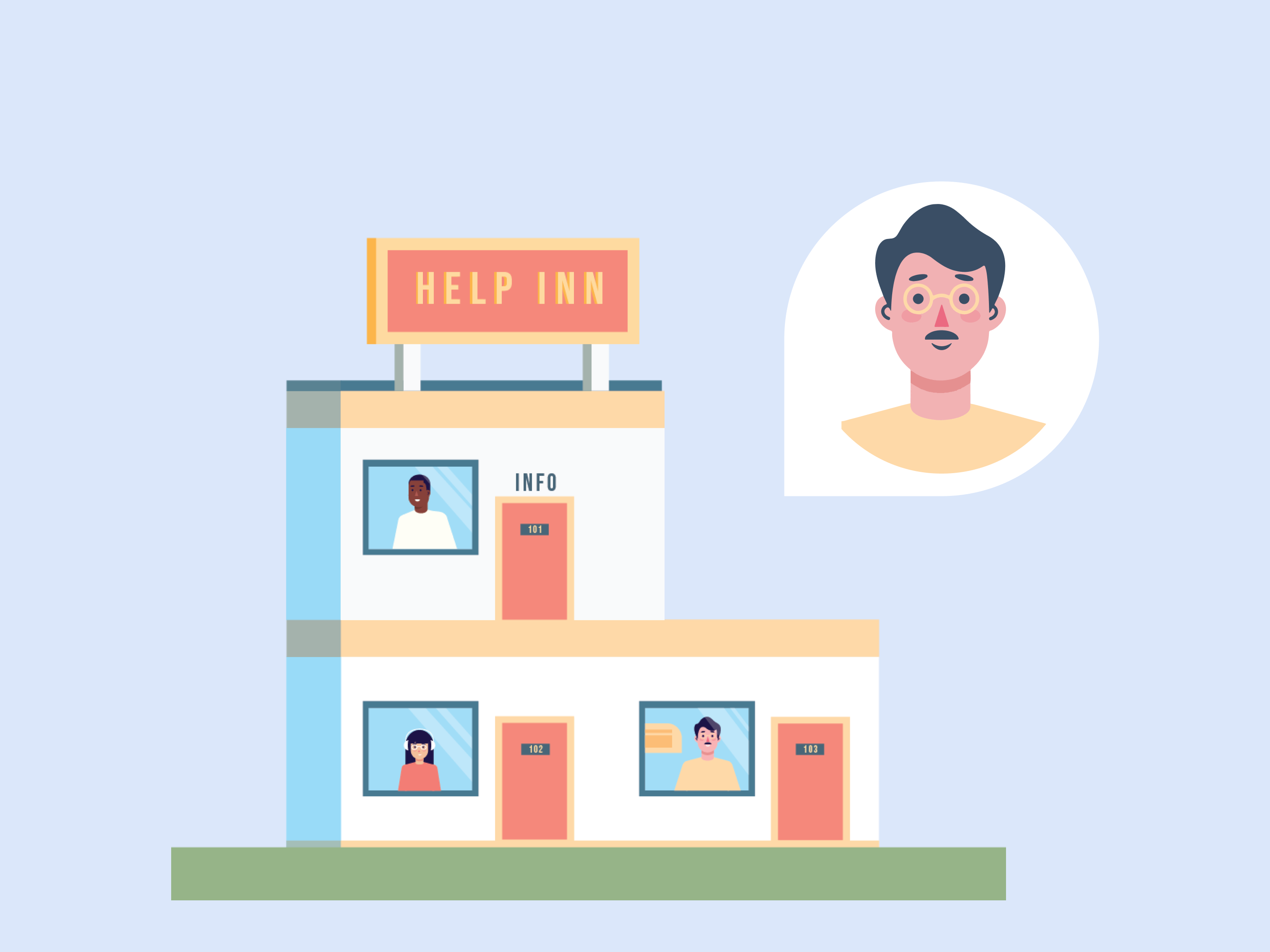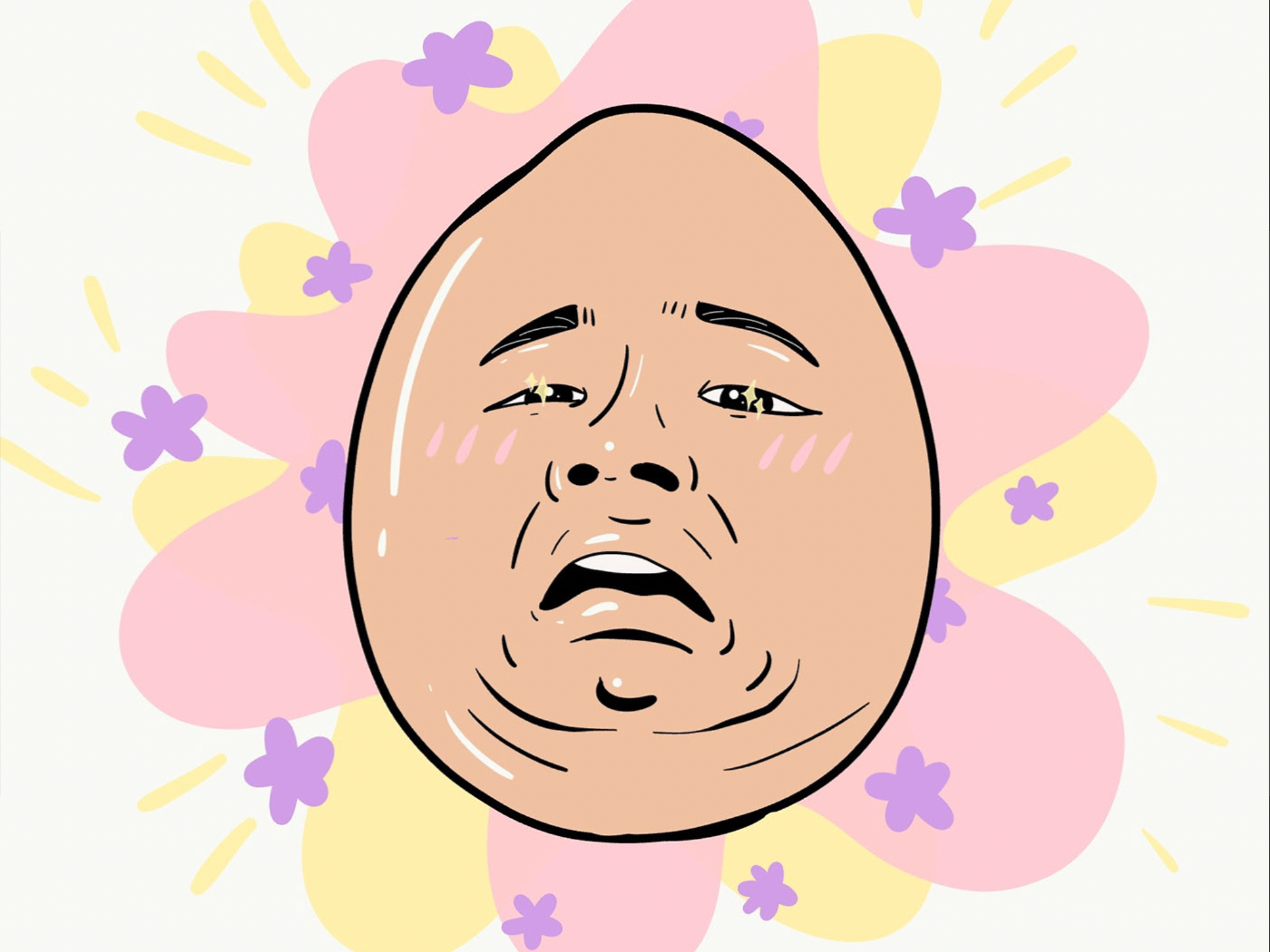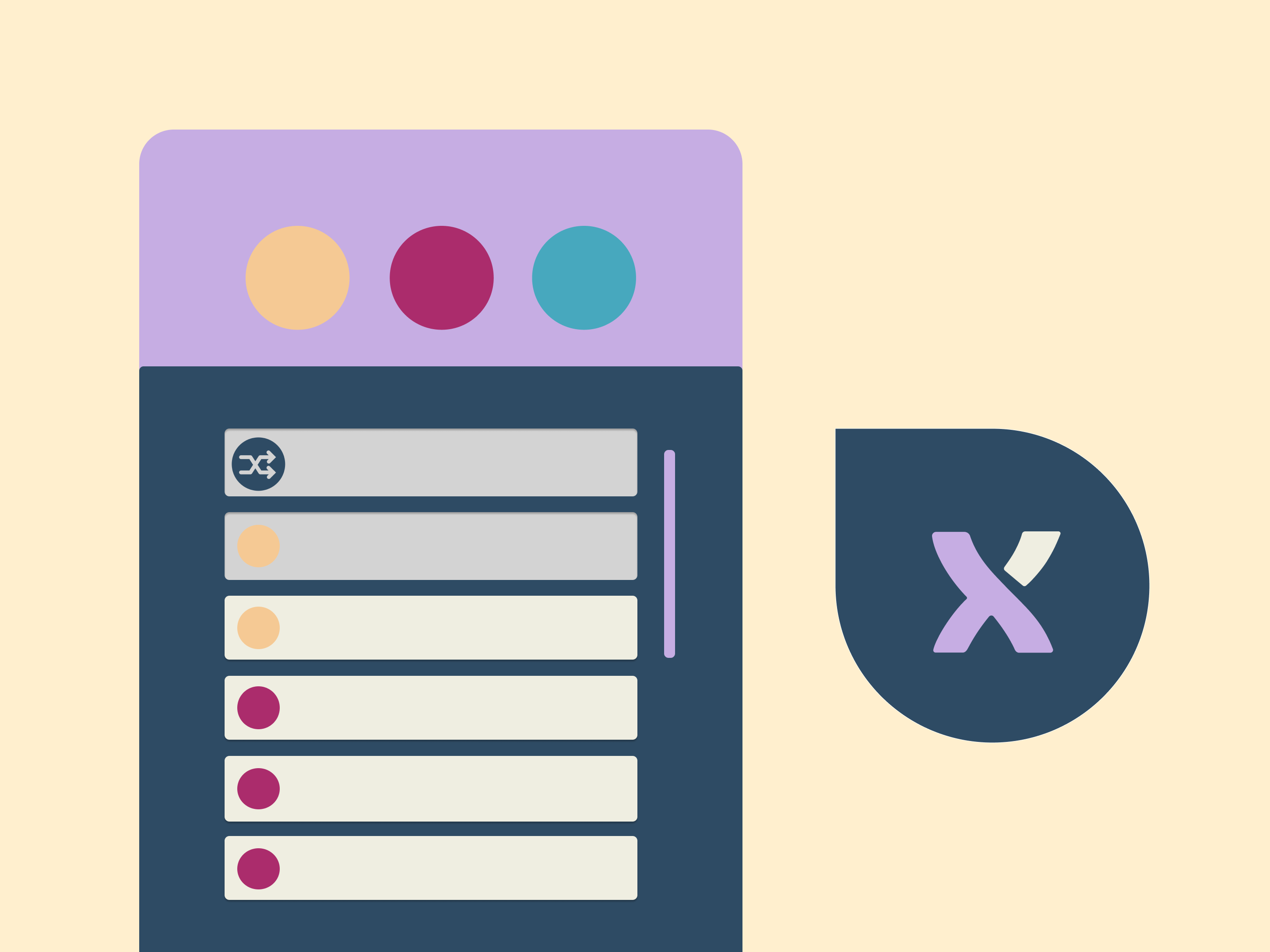Plenti App
Overview
Reducing food waste plays a critical component in tackling climate change as the processing and disposal of food consumes resources such as water, land, and energy, and increases carbon dioxide emissions.
I designed Plenti, a mobile application that aims to make the inventory tracking and waste measurement process user-friendly and easy to do at home, allowing consumers to keep track of their groceries, reduce their food waste, and reduce their costs.
Timeline: 3 months
Tools: Figma, Adobe Illustrator, Adobe Premiere Pro, Adobe Fresco, Adobe Aftereffects
Challenge
Create a technical solution to reduce food waste in consumer households.
Goals
• Improve the process of manually tracking grocery items and food & cost wastage
• Help users understand the negative impact of their wastage
• Allow users to see at a glance what items they need to prioritise to cook
Purpose
The main purpose of the mobile application is to help users prioritise which items to cook to reduce their cost and food waste through easy inputting and tracking of grocery inventory.
___
🏆
Giants Blackbird Program (2022)
IBM Call for Code | 5th Globally & APAC/Japan Regional Finalist (2021)
ABSA Entrepreneurship and Innovation Series | People's Choice Award (2021)
USYD Student Innovation Award for Planetary Impact | First Place (2021)
Research
Secondary Research to Understand the Problem
During the research stage, I was tasked to conduct secondary research to explore and refine the problem space to tackle responsible production and green consumption. I developed my skills in secondary research, being able to distil a large volume of academic and government data into key insights. I also developed communication skills, in being able to articulate summarised information to the team. This was then used to guide our primary research.
Primary Research to Validate the Core User Need
Online ethnography and semi-structured interviews were conducted to validate our problem and dig deeper in real user issues. From our secondary research, we thought that Restaurant's would be the most viable target user for us to create a solution for as they produce large volumes of waste. However, our primary research showed that they already had strategies in place to reduce food waste.
Data Synthesis
Further semi-structured interviews were then conducted to identify and segment the users that we would target and ascertaining their core frustrations and motivations. This data was then used to develop our personas.
Affinity Diagramming of Interview and Online Ethnography Results
Personas
The two most viable personas that we identified were those who recently moved out and young families with a high income. Primary and secondary data was used to inform their demographics, needs and frustrations. By creating persona's we were able to clearly define our intended users to ideate towards.
Ideation
To utilise our teams diverse systems of thinking and encourage creativity, we decided to use the ideation techniques of brain writing and crazy 8 to generate 57 ideas. The process was highly collaborative and communication was emphasised.
To encourage collaboration and breadth of ideation, we pitched each of our ideas to one another. This allowed us to generate more concepts and flesh them out further.
Following the ideation session, we narrowed down the ideas through several rounds of voting, taking account design. & development feasibility, time constraints and the brief requirements. Thus, a Home Food Inventory system solution was agreed upon.
Sketches
In the sketching and wire-framing process, main screens were fleshed out to conceptualise the agreed idea. In this stage, extensive communication occurred with the Product Developers, to both assist in ideation of features and cull unrealistic features that did not adhere to our timeline.
I was able to identify that a dashboard was needed to present the information of saving on food waste in a clear manner. During the process of iterations also shifted the concept from purely inventory based to add social elements and gamify the application to motivate users to use our apps. Certain UI elements were also adjusted accordingly to design heuristics.
Low Fidelity Prototyping
From the Sketches, created clearer visualisations to allow for user testing. User testing involved conducting 5 think aloud user tests with users that adhered to our identified personas. By assessing with users at this stage, I was able to focus on improving the intuition of the interface and ensuring that the user flow was consistent with reality. I considered the visual hierarchy of each screen to ensure that the most relevant information was presented to users.
UI Style Guide
It was time to progress the prototype by applying a style guide and consistent components. For ease of development, I created a basic design guide for developers to refer to. The colours were chosen to create a playful but simple UI. Bright colours were used to increase contrast to improve readability.
High Fidelity Prototyping
After testing our low fidelity prototype, we realised that we were time pressed, so an executive decision was made to internally prioritise which features to implement for the MVP. With this in mind, the features for our High Fidelity prototype was sorted into Must Haves, Should Haves and Could Haves. I had to rapidly prototype the MVP based on the features that decided on.
I therefore designed the interface to reduce decision-making time for users through prioritisation of information - such as a traffic light system to help users identify items to cook. I also simplified the design of the UI elements to allow for more rapid development, such as the amalgamation of screens to reduce the amount needed to be created. This simplification also simplified the overall user flow of the application, both benefiting the developers as well as the users. Final Concept
The final concept was fully responsive and interactive on mobile, with essential features prioritised to be fully functional for users.
Key Learnings
Don't Just Design for the End User
Designs need to account for the developers such as:
• Time constraints for coding
• Open communication with developed to discuss features
• Innovative thinking for easy development and good design
Importance of Prioritisation and Simplicity
Prioritisation of features based on "must haves, should haves and could haves" to create a simple application that is ergonomic.



